February 24, 1927
Los Angeles
In what the papers have dubbed the “Mustard-Seed Murder,†we see once again that, gentlemen, your sartorial decisions are always of importance. (Damn trouser cuffs! Were this 1960, this condemned man would’ve walked free.)
The murder in question dates back to October 20, 1926, when one Charles O. Westcott, 63 years of age and scion of General Grant, opened his door at 909 S. Cochran St. only to met by a gun-wielding assailant. Blam! Blam!-one to the heart, one in the stomach. Unfortunately for Charles’ son Carl, Charles’ dying words to his new wife were “Carl shot me.â€
Apparently Carl, 40, was vexed that his father left a $300,000 ($3,486,687 USD2007) trust to the aforementioned new wife Hazel. And then there was the matter of the $100,000 trust that Carl’s grandfather was to leave to his son Charles-but with Carl’s father Charles out of the way-it would go straight to Carl.
Detectives didn’t really buy Carl’s long and rambling alibi, involving a gambler’s den at Seventh and San Pedro, and a dance hall on Hill off Sixth. Nor did they take his alibi’s verification for much, given as it came from a bootlegger and some other underworld habitués. Despite Carl’s regal upbringing, he’s a part-time barber with a record, having done time in Folsom and Stillwater on forgery charges.
And so today begins Westcott the Younger’s trial. The crux of the trial comes down to the mustard seeds found in his trouser cuffs-the assassin was spotted escaping through the the vacant lot to the north (now 905 South Cochran, not built upon til 1928), and dang’d if Carl wasn’t found with a few inconspicuous mustard seeds and a half-dozen broken blades of grass, indentical to those from the lot, in his cuffs. (Westcott also contended that he tore his trousers at the knee while tripping on the rough steps of that Sixth Street dive; investigation revealed those steps to be carpeted; the prosecution points to a plank with in the lot with matching fibers.)
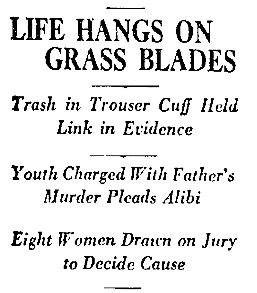
He is convicted March 2, and March 9 sentenced to life imprisonment at Folsom; two more trials on points of law (and a botched suicide attempt) failed to free him. But his March 1929 sanity trial got him sprung from Folsom and committed to the State Hospital at Norwalk, to be held until such time as he was mentally competent to go on trial again for the murder charge.
As there’s no further mention of Westcott again, we can only assume he elected to stay put.
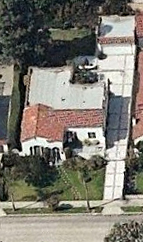


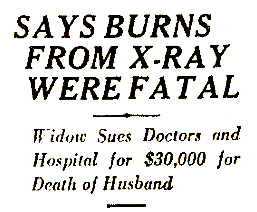 The widow Alice Hanmore has a bone to pick with
The widow Alice Hanmore has a bone to pick with 
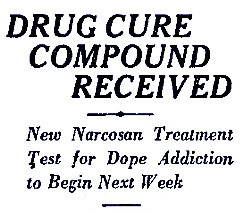 Those junkies and hopheads that once provided the occasional bruise on this perfect ripe plum that is Los Angeles—shall be no more! Though alcoholism was
Those junkies and hopheads that once provided the occasional bruise on this perfect ripe plum that is Los Angeles—shall be no more! Though alcoholism was 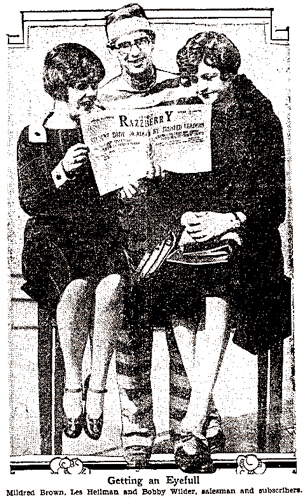
 February 10, 1927
February 10, 1927
 Sure, while we’ve
Sure, while we’ve 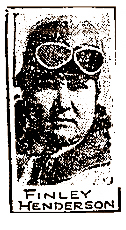 For the record, when the stunt was performed on February 20, Finley emerged unscathed, smoking a cigarette. And then noted for the wowed crowd and boys of the press “The stunt is easy if you know how to do it.”
For the record, when the stunt was performed on February 20, Finley emerged unscathed, smoking a cigarette. And then noted for the wowed crowd and boys of the press “The stunt is easy if you know how to do it.”
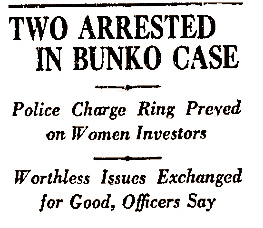 It’s a pretty simple scheme.
It’s a pretty simple scheme. 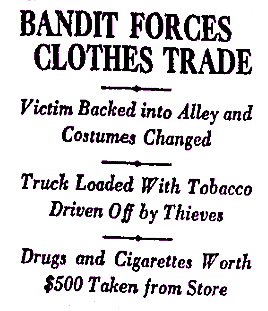
 February 3, 1927
February 3, 1927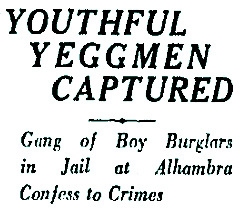 But fret not people of Los Angeles! The bulls have pinched (
But fret not people of Los Angeles! The bulls have pinched (

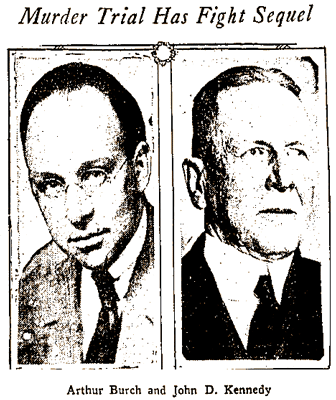 Seems that J. Belton’s father, John D. Kennedy, of
Seems that J. Belton’s father, John D. Kennedy, of 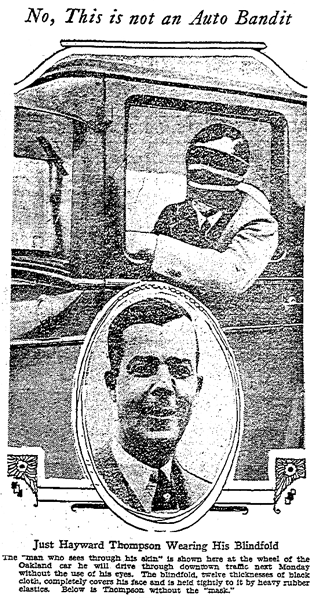
 Hayward Thompson toured Los Angeles today, and pronounced on KFWB this evening (through the courtesy of the Times and
Hayward Thompson toured Los Angeles today, and pronounced on KFWB this evening (through the courtesy of the Times and 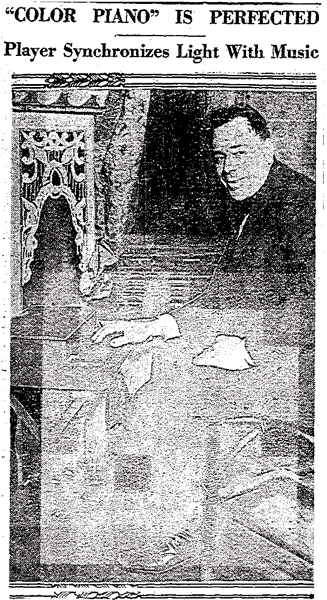
 Leo Geasland, an electrician at the
Leo Geasland, an electrician at the 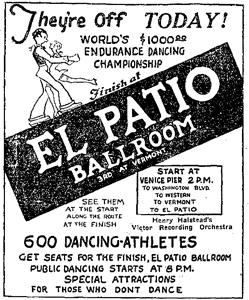 In a 1933 article about Geasland’s apparatus, it’s noted that the blind and deaf are admitted for free every Monday evening to the Rainbow Gardens (the El Patio became the
In a 1933 article about Geasland’s apparatus, it’s noted that the blind and deaf are admitted for free every Monday evening to the Rainbow Gardens (the El Patio became the